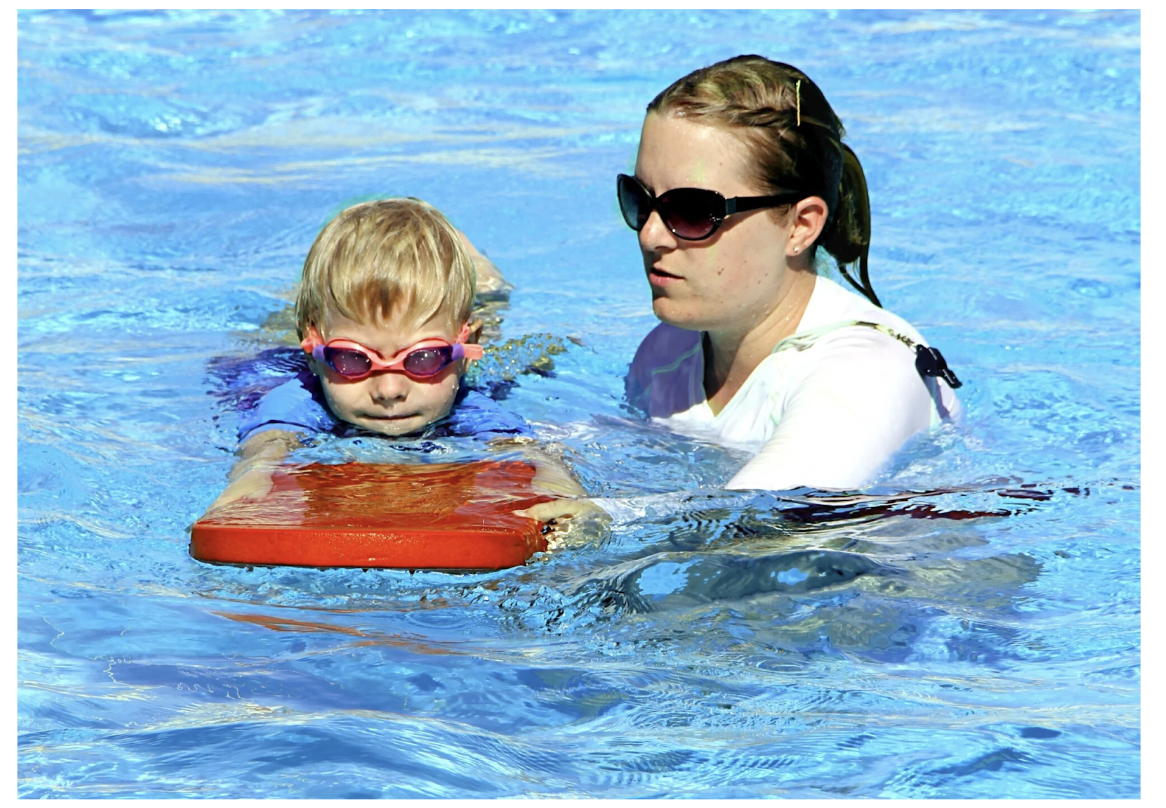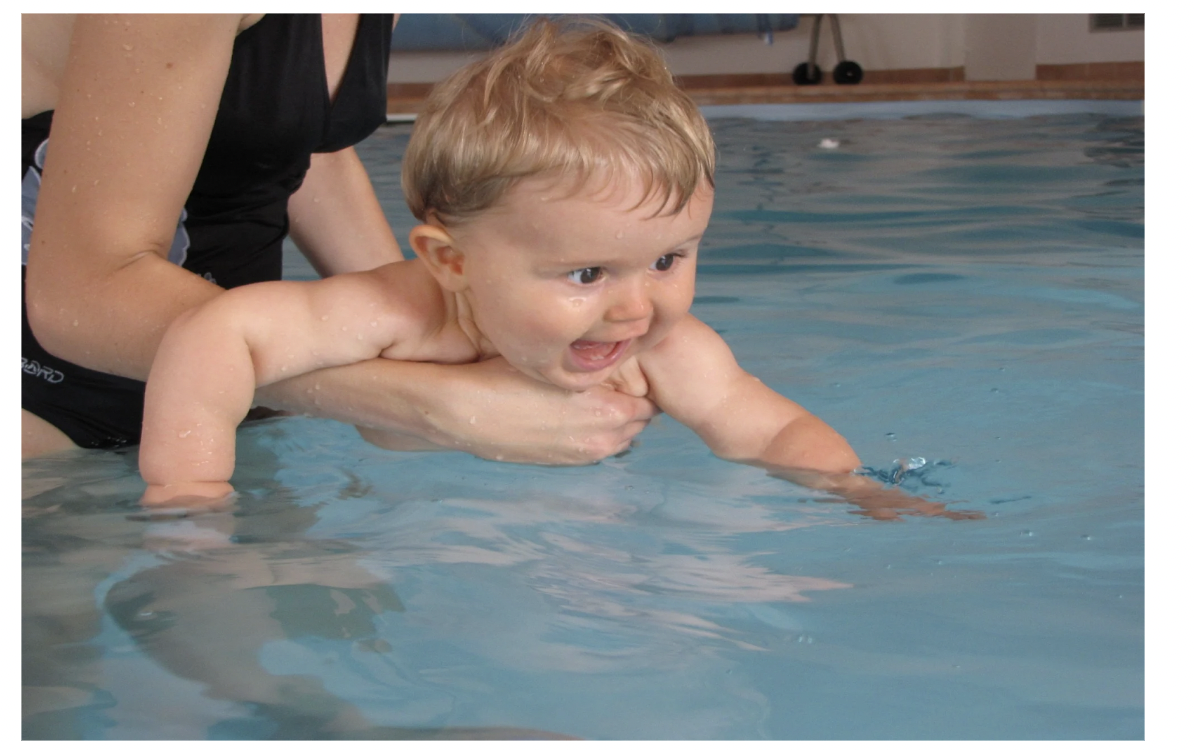Swimming Learning Curve: 6 Interesting Facts Worth Learning

Apart from being one of the most popular recreational activities, swimming is an essential life skill everyone should learn. It provides a full-body workout and improves cardiovascular health, muscle strength, and flexibility. However, like any other skill, learning to swim can be challenging. Here are six interesting facts about the swimming learning curve that will help you understand and appreciate the process better.
1. Humans are Not Natural Swimmers
While some animals are born with the instinct to swim, humans are not natural swimmers. This means that, unlike many species, humans must be taught how to coordinate their bodies to move efficiently in water. At birth, humans possess a "swimming reflex" that disappears within a few months, leaving us with no inherent ability to swim.
The process requires mastering breathing techniques, building muscle strength, and overcoming the natural fear of water. For these reasons, introducing newborn swim lessons can be incredibly beneficial. They help acclimate infants to water early on and lay the foundation for them to become competent swimmers as they grow. A swimming instructor trained to work with infants can make learning more comfortable and enjoyable.
2. Swimming is a Sensory Experience
The sensation of water surrounding the body offers constant tactile stimulation, both soothing and refreshing. Water's pressure and buoyancy provide a unique touch experience, enhancing sensory integration and awareness. For example, water pressure gives a deep tactile sensation, calming and grounding for those with sensory processing difficulties.
Visual stimuli play a significant role in the sensory experience of swimming. The light on water, shifting colors beneath the surface, and the open expanse of water can stimulate the eyes. These visual cues help develop tracking skills and enhance cognitive and perceptual abilities for babies and young children.
Auditory sensations are crucial to swimming. The sounds of water splashing, echoing in an indoor pool, and muffled noises underwater create a rich environment. These sounds help young swimmers become attuned to auditory cues and improve their listening skills, offering a well-rounded sensory experience that supports overall growth.
3. Every Individual Has Their Own Learning Pace
The learning curve for swimming can vary significantly from one person to another. Some may pick up the basics quickly, while others may need more time and practice. It is essential to remember that everyone has their own pace of learning, and it is crucial not to compare oneself to others during the process.

The main reason behind this different learning pace is that everyone has a unique body type, muscle strength, and coordination abilities. Those with a higher muscle mass may find it easier to float and move through the water, while those with low body fat may have more difficulty staying buoyant. This is why working with a trained swimming instructor who can tailor lessons according to an individual's needs and abilities is essential.
4. Mental Barriers Can Hinder Learning
Mental barriers can significantly impede the progress of learning how to swim. These psychological obstacles are often rooted in anxiety, past experiences, or misconceptions about water safety. Overcoming these mental barriers is crucial for becoming confident and skilled swimmers. Here are some common mental barriers that swimmers may face:
- Fear of Water: Many individuals have an inherent fear of water, which can stem from a traumatic experience or simply from the unfamiliarity with swimming environments.
- Performance Anxiety: Worrying about mastering techniques or the fear of not progressing as quickly as others can lead to performance anxiety, making it harder to relax and learn.
- Negative Self-Talk: Pessimistic thoughts and self-doubt can undermine confidence, leading to a lack of motivation and increased stress during swim lessons.
- Fear of Failure: The fear of making mistakes or not meeting personal or external expectations can be paralyzing, preventing individuals from taking risks and trying new techniques in the water.
5. Swimmers Need to Learn Different Strokes
Learning to swim isn't just about staying afloat and moving through the water; it also involves mastering different swimming strokes with varying techniques and benefits. Four main strokes form the foundation of swimming skills: freestyle, backstroke, breaststroke, and butterfly.
- Freestyle (Front Crawl): Known for being the fastest and most efficient stroke, freestyle involves alternating arm movements combined with a flutter kick. The swimmer’s body remains streamlined with minimal resistance from the water. Breathing is critical in freestyle, as it requires rhythmic side breathing while maintaining continuous motion.
- Backstroke: This stroke is performed on the swimmer's back, using an alternating arm stroke and a flutter kick similar to freestyle. Proper body alignment is essential to maintain balance and reduce drag. Swimmers must also master the timing of their head and chest rise to streamline their breathing.
- Breaststroke: Characterized by its frog-like kick and sweeping arm movements, it requires precise timing to coordinate the movement of both arms and legs. Unlike other strokes, the head remains above water most of the time, making breathing easier. However, it involves more coordination, as the kick and pull phases must be synchronized for efficient propulsion.
- Butterfly: Known for its power and complexity, the butterfly stroke is highly demanding. It involves a simultaneous movement of both arms in an overhead arc coupled with a dolphin kick, where both legs move in a wave-like motion. Butterfly requires significant upper body strength, rhythm, and technique to execute efficiently, making it one of the most challenging strokes to master.
6. Continuous Practice and Patience are Essential
Like any other skill, swimming requires consistent practice to become proficient. It is essential to understand that progress may only sometimes be linear and can vary significantly from one session to another. Some days, you may feel like you've mastered a stroke, while others may feel more challenging. Patience and perseverance are crucial during this learning process.
It is also important to remember that swimming is a lifelong skill, and there is always room for improvement. Even professional swimmers continue to practice and refine their techniques regularly. Whether you are learning to swim as a child or an adult, there is always time to start and improve your skills with dedication and patience.
In conclusion, learning how to swim can be a challenging but rewarding experience. Understanding these six interesting facts about the swimming learning curve will help you overcome any initial difficulties and become a confident swimmer. So jump in, embrace the process, and enjoy the numerous benefits of mastering this essential life skill.






